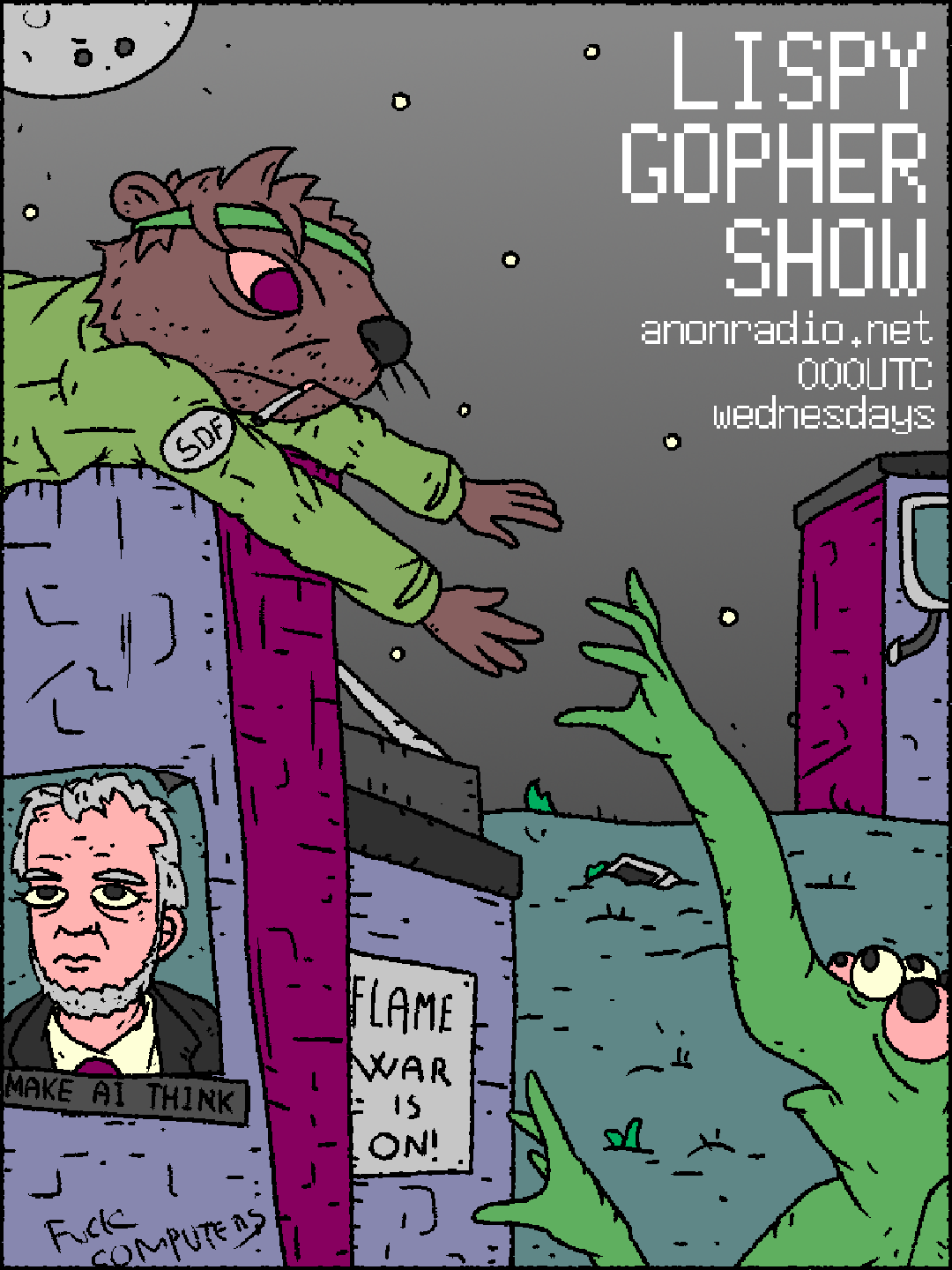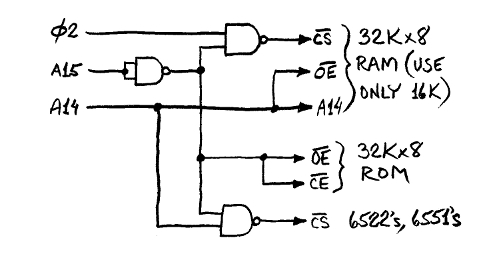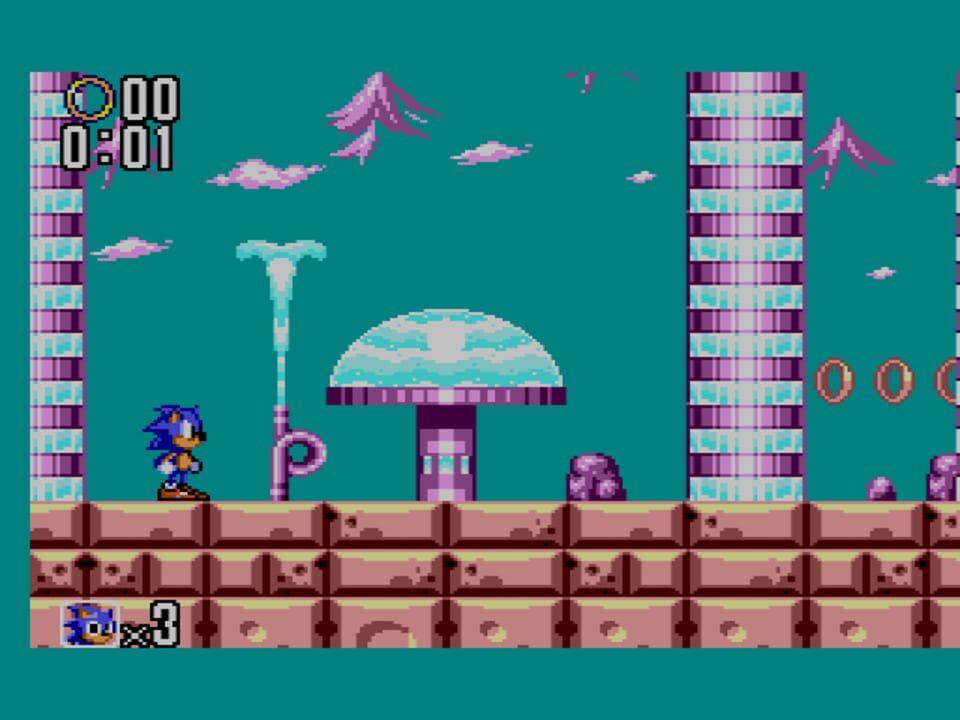@mdhughes oh, and thanks for the help with my BASIC game! you were right about DIMs
@mdhughes i am assuming eventual primitive clean room conditions, perhaps the recovery and maintenance of what few electron microscopes are left
have you heard of sam zeloof? we can do intel 4004's in the backyard as of now
@ozzelot @xChaos well i am really just imagining kansas city encoding:
https://en.wikipedia.org/wiki/Kansas_City_standard
so i think it may accommodate recording technologies that we would normally consider quite poor!
long play records--can you press them at home? i would ordinarily imagine them to be worth using for long-term, high integrity data storage?
@xChaos this is a strategic question for me, yes--i am imagining a 'left wing' long termism, to put it quickly.
i encountered something like this while studying hegel--italian fascists also loved him, it seems.
maybe a built in EEPROM flasher--and the permacomputer will be geocached/time capsuled with a stash of EEPROMs?
i wonder what the most ubiquitous form of audio playback device is now
probably people's phones... i ask because i am trying to think of a way to help the permacomputer project store data in a format that would be used day-to-day.
the requirement of long-term data integrity is not a requirement, that will require some other medium. this question concerns more short- to medium-term storage.
ideally you would have a long term, well-engineered master copy, and then many cheaper, lossier copies made off that.
i figure something analogous to a cassette tape could work--audio data transfer is easily implemented in TTL circuitry, so it would make the permacomputer much simpler.
i wonder how one might store audio in the future? after a technological and ecological decline? maybe a lil mp3 player with a universal adaptor for any kind of drive, flash memory, smart card... old laptop hard drive?
i was originally gonna keep the 80s microcomputer/BASIC type-in noodlings separate from the people's permacomputer project.
but i may collapse parts of the 6502 hardware build i am doing into the permacomputer project.
it seems this would contradict the latest direction that the project took--the path the permacomputer project has gone down has been rather unpredictable. it often oscillates between several opposing recommendations for action, such as whether it is a good idea to actually commit to providing some specific hardware.
i do encourage you to follow along, it has been very exciting so far
If you’ve already set up an adventure log for this year’s #DecemberAdventure and you want me to include it in the big list of adventure logs drop me a link to it!
New #RC2014 boards that arrived today work exactly as planned. That's a huge relief having changed a lot since the last revision.
Spent a lot of time on the firmware today. Happy to report that it is making progress... bars




#lispyGopherClimate #archived #now ! https://archives.anonradio.net/202411270000_screwtape.mp3 every Wednesday 000UTC
#climateCrisis #haiku by @kentpitman
#lisp #mathematics #writing #lambdaMOO #MOOing generally:
My #lispmoo2 and remembering #softwareIndividuals
In paradise sushi!
telnet lambda.moo.mud.org 8888
co guest
@join screwtape
We'll look at Cat's gopher given enough time
the music this week is the silence in between my thoughts

alright the 6502 thingo is going ahead.
i purchased the following
- 2 x MC6847 video display generators (keeping a spare on hand)
- 1 x T48 (TL866 compatible??) EEPROM programmer
- large amount of 74LS00 NANDs
i already have:
- 2 x 61256 32K SRAMs
- 1 x AT28C256 32K EEPROM
- 1 x ACIA
- 1 x VIA
-*-
links:
https://pmig96.wordpress.com/2020/07/15/mc6847-test-circuit/
https://github.com/adumont/hb6502?tab=readme-ov-file#memory-map
-*-
memory map:

| address | component |
|---|---|
| $0000-$3FFF | RAM (16KB) |
| $4200-$4203 | ACIA |
| $6000-$600F | VIA |
| $8000-$FFFF | ROM (32KB) |
-*-
honourable mention:
As a necessary prerequisite to getting some of my VM/OS goals accomplished, I'll need something akin to a standard library for doing stuff like printing numbers and such.
In this case, my formatting library takes its inspiration directly from ANS Forth's numeric conversion primitives.



